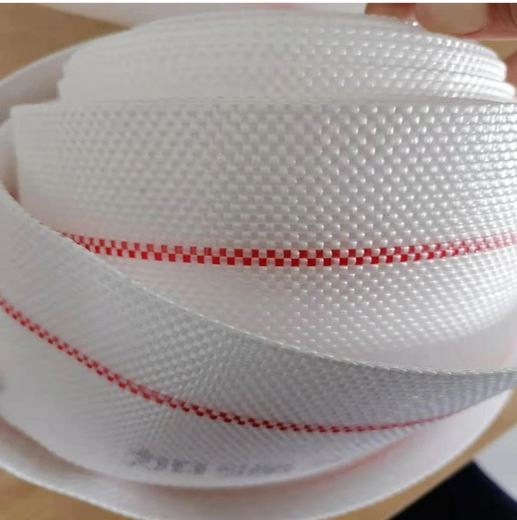Comparing Suction Hoses and Discharge Hoses for Fluid Transfer Efficiency
Suction Hose vs. Discharge Hose Understanding the Differences
When it comes to fluid transfer systems, the selection of the right hose is crucial for efficiency and functionality. Two commonly used types of hoses are suction hoses and discharge hoses. While both serve the purpose of transferring liquids, they are designed for different roles in the process. Understanding the distinctions between suction hoses and discharge hoses can help businesses and individuals choose the appropriate hose for their needs.
Design and Construction
Suction hoses are specifically designed to draw liquids through a system. They are constructed with reinforced materials to withstand negative pressure, as they are required to handle the vacuum created when pulling liquid from one location to another. Commonly made from flexible materials like PVC, rubber, or reinforced thermoplastics, suction hoses often have a ribbed exterior to enhance flexibility and prevent kinking. The interior is smooth to facilitate efficient fluid movement and minimize turbulence.
In contrast, discharge hoses are built to handle the pressure of fluids being pushed out of a system. These hoses are typically thicker and sturdier to endure positive pressure conditions. Discharge hoses may also be made from rubber or other robust materials but often come with a smoother finish on the inside to allow for easy flow of liquids. They are designed with fittings at both ends to connect easily to pumps and other equipment.
Operational Functions
The primary function of a suction hose is to draw fluids, such as water, slurries, or other liquids, from a source. This means that they are often used in applications like pumping water from a well, transferring chemicals from storage tanks, or dredging. The ability to maintain structural integrity under negative pressure is essential, as any failure can lead to air leaks, cavitation, and system inefficiencies.
suction hose vs discharge hose

On the other hand, discharge hoses are used to release or expel the fluid from a system. They are often employed in applications like draining water from flooded areas, supplying irrigation systems, or unloading tankers. Discharge hoses must be capable of withstanding high hydraulic pressures, especially in industrial applications where large volumes of liquid are involved.
Applications and Considerations
The choice between suction hoses and discharge hoses largely depends on the specific application. For example, in a construction site, a suction hose may be employed to remove excess water from a foundation, while a discharge hose could be used to channel that water away to drainage systems. It’s important to consider factors such as the type of liquid being transferred, temperature, pressure conditions, and the distance the liquid needs to travel.
Moreover, both types of hoses require proper maintenance to ensure longevity and efficient operation. Regular inspections for signs of wear, such as cracks or deformities, can help prevent potential failures.
Conclusion
In conclusion, suction hoses and discharge hoses play vital but distinct roles in fluid management systems. Understanding their differences in design, function, and application will enable users to select the right hose for their specific needs, ensuring safe and efficient fluid transfer. Whether you are operating in agricultural, industrial, or residential settings, making the informed choice between suction and discharge hoses is essential for optimal performance.
-
Welded Wire Mesh Panel: Durable, Versatile, and AffordableNewsJul.28,2025
-
Top Quality Oxy Acetylene Hoses for Sale Fit for Welding DemandsNewsJul.28,2025
-
The Future of Pneumatic Air Tubes in IndustryNewsJul.28,2025
-
Superior and Reliable LPG Hose Pipe Solutions for Every NeedNewsJul.28,2025
-
Exceptionally Durable and Versatile Premium Braided PVC TubingNewsJul.28,2025
-
Best Adapters for Connecting Garden Hose to PVC Pipe ConnectionsNewsJul.28,2025














